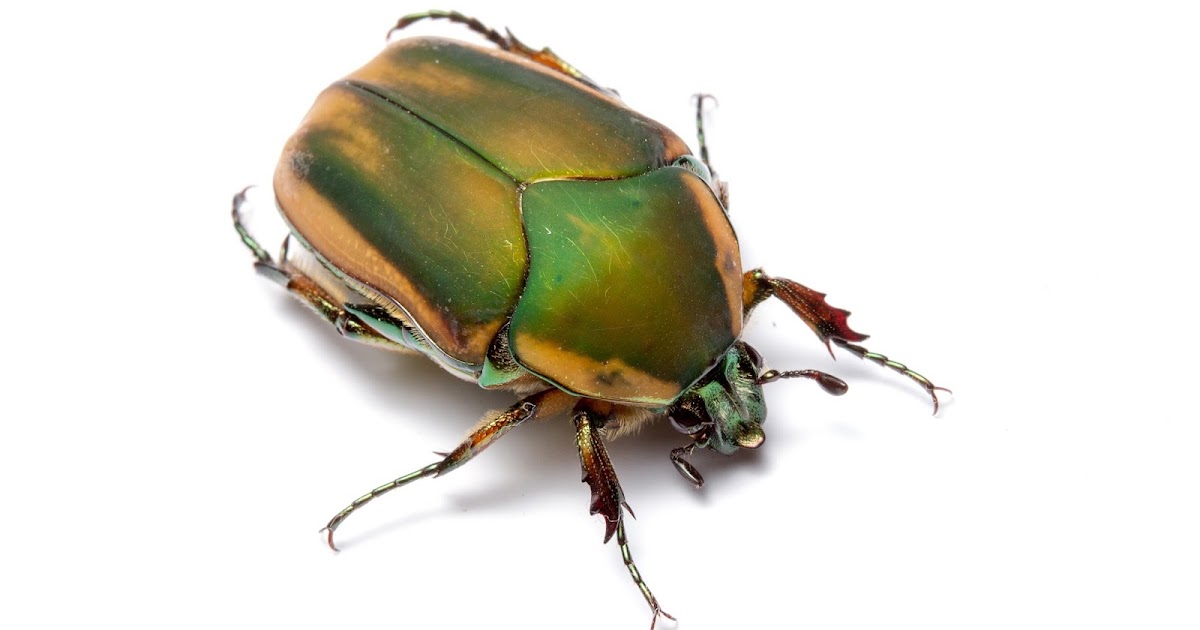The green june beetle (Cotinis nitida) is a captivating creature that has intrigued entomologists and nature enthusiasts alike. Renowned for its striking iridescent green color, this beetle is not just a pretty face; it plays a significant role in the ecosystem. Found primarily in the southeastern United States, the green june beetle is often seen in gardens and grassy areas, where it becomes an essential part of the food chain. But what exactly makes this beetle so special?
The lifecycle of the green june beetle is equally fascinating, as it undergoes a complete metamorphosis from egg to larva to adult. Each stage presents unique characteristics and behaviors that contribute to its ecological niche. As adults, they are often spotted during the summer months, buzzing around flowers and foliage. Their presence is not just an aesthetic delight; they also play a role in pollination, thereby supporting plant health and biodiversity.
However, the green june beetle is not without its challenges. As urbanization increases and habitats are disrupted, these beetles face threats that could affect their populations. Understanding their behavior, habitat, and ecological importance is critical for conservation efforts. In this article, we will delve deeper into the world of the green june beetle, exploring its characteristics, lifecycle, and much more.
What are the Characteristics of the Green June Beetle?
The green june beetle is easily identifiable due to its vibrant coloration and distinct features. Here are some of its most notable characteristics:
- Color: The most striking feature is its metallic green hue, which can appear almost iridescent in sunlight.
- Size: Adult green june beetles typically measure between 1 to 1.5 inches in length.
- Shape: They have a robust, oval body, which contributes to their distinctive appearance.
- Wings: The beetle possesses hard elytra (wing cases) that protect its delicate wings underneath.
Where Can You Find Green June Beetles?
Green june beetles are commonly found in a variety of habitats. Their preferred environments include:
- Open Fields: They thrive in sunny, open areas where they can feed on flowers and fruits.
- Gardens: These beetles are often attracted to gardens, where they can be seen buzzing around blooming plants.
- Wooded Areas: They also inhabit forest edges and clearings, benefiting from the diversity of plant life.
What is the Lifecycle of the Green June Beetle?
The lifecycle of the green june beetle is a remarkable journey that showcases the wonders of nature. Here’s a breakdown of each stage:
1. Egg Stage
Females lay eggs in the soil during the summer months. The eggs are small, white, and oval-shaped.
2. Larval Stage
Once the eggs hatch, the larvae emerge and begin feeding on decaying organic matter. This stage can last for several months, during which larvae grow significantly.
3. Pupal Stage
After reaching maturity, the larvae burrow into the soil and pupate. This stage can last anywhere from a few weeks to several months.
4. Adult Stage
Finally, the adult beetles emerge in late spring or early summer, ready to continue the cycle.
What Do Green June Beetles Eat?
The diet of the green june beetle varies between its larval and adult stages:
- Larvae: They primarily feed on decaying plant material, compost, and organic matter, contributing to soil health.
- Adults: As adults, they are attracted to ripe fruit, flowers, and nectar, playing a role in pollination.
Are Green June Beetles Harmful to Plants?
While the green june beetle is generally not considered a significant pest, it can cause some issues in gardens:
- Fruit Damage: Adult beetles may feed on fruits, particularly overripe or damaged ones.
- Competition: They may compete with beneficial insects for resources, although their impact is usually minimal.
How Do Green June Beetles Contribute to the Ecosystem?
The green june beetle plays several important roles in the ecosystem:
- Pollination: As they feed on flowers, they help in the pollination process, assisting plant reproduction.
- Soil Aeration: Their larvae break down organic matter, enriching the soil and improving its structure.
How Can You Attract Green June Beetles to Your Garden?
If you wish to attract green june beetles to your garden, consider the following tips:
- Plant Native Flowers: They are attracted to bright, fragrant flowers, so planting native species can help.
- Provide Food Sources: Ripe fruits and nectar-rich flowers will draw them in.
- Avoid Pesticides: Using chemical pesticides can harm beneficial insects, including green june beetles.
Conclusion: The Significance of the Green June Beetle
In conclusion, the green june beetle is more than just a visually stunning insect; it is a vital component of our ecosystem. Its lifecycle, feeding habits, and ecological contributions highlight the importance of this beetle in maintaining healthy gardens and natural environments. By understanding and appreciating the green june beetle, we can take steps towards creating habitats that support its population and the diverse ecosystems it inhabits.
Exploring The Depths Of Sturgill Simpson's "Passage Du Désir"
Unpacking The Cultural Impact Of "Niggas In Paris"
Discovering The Excellence Of Toyota Of Scranton


